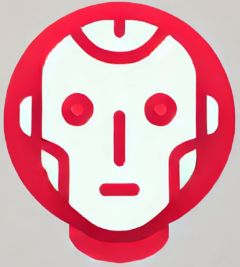Detect AI Content Easily in 2025
In 2023, a college professor made headlines after failing an entire class for allegedly using ChatGPT to write their final papers. By 2024, similar incidents had spread globally, proving one thing: AI-written content is almost indistinguishable from human work – until it’s not. Now in 2025, spotting artificial intelligence-generated writing isn’t just a niche skill; it’s essential for educators, marketers, and anyone navigating the digital information landscape. If you’re wondering how to detect AI content easily in 2025, you’re in the right place.
Why AI-Generated Content Is Harder to Spot
Language models have matured dramatically. Tools like GPT-5 and Claude Neo not only mimic human writing styles but also adapt to tone, context, and even errors. This hyper-human emulation makes AI harder to detect, especially when the content passes basic plagiarism tests and reads smoothly. So how can you tell the difference?
Key Signs of AI-Generated Text in 2025
1. Repetition and Redundancy
AI often repeats phrases or ideas unnecessarily. While humans tend to vary their word choices and flow, AI-written content may include:
- Repetitive sentence structures
- Redundant explanations
- Circular reasoning
2. Unnatural Transitions
Even in advanced versions, AI can struggle with seamless transitions between paragraphs or concepts. If a piece jumps around or abruptly introduces new ideas without context, that’s a red flag.
3. Lack of Personal Insight or Experience
AI doesn’t live, feel, or have personal opinions. Watch for vague generalizations masquerading as expertise. If a blog post about traveling to Japan doesn’t include any specific anecdotes, sensory details, or place names, it’s likely AI-generated.
4. Polished but Hollow Tone
AI text is often “too perfect.” It can be grammatically flawless but emotionally flat. Human writing typically includes subtle quirks, emotional nuance, or even errors that reflect personality and intent.
Tools to Confirm Your Suspicions
Fortunately, there are digital tools designed to verify AI authorship. Platforms like GPTZero offer probabilistic detection by analyzing sentence structure, randomness, and linguistic patterns. In 2025, many of these AI detectors are integrated directly into web browsers and CMS platforms, saving time and boosting editorial integrity.
How to Protect Your Content Strategy
If you’re producing content for SEO, branding, or education, it’s crucial to verify authenticity. Google continues to refine its algorithms to penalize shallow, automatically generated content. To maintain trust and visibility:
- Vet freelance submissions with AI detection tools
- Train editors to identify common signs of AI writing
- Build a voice library so AI-generated drafts can be tailored to your brand
Conclusion
While AI can be a powerful tool, its misuse undermines credibility and trust. As we navigate 2025, knowing how to detect AI content easily in 2025 equips you to harness technology without being misled by it. Whether you’re grading papers, managing a content team, or analyzing user-generated reviews, keeping your AI radar sharp is not just a skill—it’s a necessity.
